Bisby F.A.; Roskov Y.R.; Orrell T.M.; Nicolson D.; Paglinawan L.E.; Bailly N.; Kirk P.M.; Bourgoin T.; Baillargeon G.; and Ouvrard D. (red.). 2011. "Macaca cyclopis (Swinhoe, 1863)." Species 2000 & ITIS Catalogue of Life: 2011 Annual Checklist. Reading, UK: Species 2000. Retrieved August 20, 2014.
- Available at: http://www.catalogueoflife.org/annual-checklist/2011/details/species/id/6873673
Boelens, Bo; Watkins, Michael; and Grayson, Michael. 2009. The Eponym Dictionary of Mammals. Johns Hopkins University.
Chiu, Crystal. 2001. "Macaca cyclopis: Taiwanese macaque (On-line)." The Animal Diversity Web. University of Michigan Museum of Zoology. Retrieved August 20, 2014.
- Available at: http://animaldiversity.ummz.umich.edu/site/accounts/information/Macaca_cyclopis.html
Coffee Bits. 17 June 2014. "Monkey Coffee." Kencaf Importing & Distributing Inc. Retrieved August 20, 2014.
- Available at: http://www.kencaf.com/monkey-coffee/
"Coffee in Taiwan." Euromonitor International. Retrieved August 20, 2014.
- Available at: http://www.euromonitor.com/coffee-in-taiwan/report
Communications and Public Affairs. 26 November 2002. "Kopi Luwak Coffee Safe, U of G Study Finds." University of Guelph Campus News. Ontario, Canada. Retrieved August 20, 2014.
- Available at: http://www.uoguelph.ca/news/archives/002065.html
Davids, Kenneth. 3 December 2007. "Exotic Procedures in Far Places: Aged, Monsooned and Luwaked Coffees." The Coffee Review. Retrieved August 20, 2014.
- Available at: http://www.coffeereview.com/exotic-procedures-in-far-places-aged-monsooned-and-luwaked-coffees/
Fooden, J.; and Wu, H. Y. 2001. "Systematic Review of the Taiwanese Macaque, Macaca cyclopis Swinhoe,1863." Fieldiana: Zoology 98:1-70.
"Formosan Rock Macaque (Macaca cyclopis)." ARKive: Species > Mammals. Retrieved August 20, 2014.
- Available at: http://www.arkive.org/formosan-rock-macaque/macaca-cyclopis/
"Formosan Rock Macaque, Macaca cycopis." redOrbit: Reference Library > Mammals. Retrieved August 20, 2014.
- Available at: http://www.redorbit.com/education/reference_library/animal_kingdom/mammalia/1113118495/formosan-rock-macaque-macaca-cyclopis/
Goodwin, Lindsey. "Monkey Coffee: Cat Poop Coffee Isn't the Only 'Animal-Processed' Coffee Anymore!" About.com: Food > Coffee/Tea > Coffee 101 & FAQs. Retrieved August 20, 2014.
- Available at: http://coffeetea.about.com/od/coffeebasics/a/Monkey-Coffee.htm
Groves, C. P. 2001. Primate Taxonomy. Washington, D.C.: Smithsonian Institution Press.
Hai Yin, W.; and Richardson, M. 2008. "Macaca cyclopis." The IUCN Red List of Threatened Species. Version 2014.2. Retrieved August 20, 2014.
- Available at: http://www.iucnredlist.org/details/full/12550/0
Harper, Jennifer. 24 July 2008. "Exotic Coffee is Monkey Business." The Washington Times. Retrieved August 20, 2014.
- Available at: http://www.washingtontimes.com/news/2008/jul/24/exotic-coffee-is-monkey-business/
Hasan, Nida. 14 November 2007. "Farmers Make Coffee from Beans Spit out by Monkeys." IBNLive: News > 1-Day Special. Retrieved August 20, 2014.
- Available at: http://ibnlive.in.com/news/farmers-make-coffee-from-beans-spit-out-by-monkeys/52275-13.html
Hsu, M.J.; Chen, L-M.; and Agoramoorthy, G. 2005. "The Vocal Repertoire of Formosan Macaques, Macaca cyclopis: Acoustic Structure and Behavioral Context." Zoological Studies 44:275-294.
Instaurator. 10 April 2008. "Monkey and Civet Parchment -- Clarifications." The Espresso Quest. Retrieved August 20, 2014.
- Available at: https://www.espressoquest.com/Blogs/3/43.html
Jacobs, Tom. 8 October 2008. "Monkey See, Monkey Brew." Pacific Standard. Retrieved August 20, 2014.
- Available at: http://www.psmag.com/media/monkey-see-monkey-brew-4191/
Kiely, Mick. 9 September 2009. "Monkey Parchment Coffee Fans." Barista Exchange. Retrieved August 20, 2014.
- Available at: http://www.baristaexchange.com/group/monkeyparchmentcoffeefans
Kilpatrick, Kelly. 6 November 2008. "Exotic Coffee from Cat Poop and Monkey Spit: Even the Rich Have to Cut Back." Richard Brandt Blogs. Retrieved August 20, 2014.
- Available at: http://richardbrandt.blogs.com/entrepreneurwatch/2008/11/exotic-coffee-from-cat-poop-and-monkey-spit-even-the-rich-have-to-cut-back.html
Lu, Christine. 14 November 2007. "Monkey Business Yields Gourmet Taiwan Coffee." Reuters. Retrieved August 20, 2014.
- Available at: http://www.reuters.com/article/2007/11/14/us-taiwan-monkey-coffee-idUSSP22138820071114
Luttinger, Nina; and Dicum, Gregory. 24 April 2006. The Coffee Book: Anatomy of an Industry from Crop to the Last Drop. New Press Bazaar Book.
Marcone, Massimo F. 2004. "Composition and Properties of Indonesian Palm Civet Coffee (Kopi Luwak) and Ethiopian Civet Coffee." Food Research International 37(9):901-912.
Marcone, Massimo F. March 2005. "Corrigendum to 'Composition and Properties of Indonesian Palm Civet Coffee (Kopi Luwak) and Ethiopian Civet Coffee'." Food Research International 38(2):233.
Martin, Robert D. 2004. "Old World Monkeys II (Cercopithecinae)." Pp. 187-195 in Grzimek's Animal Life Encyclopedia, Second Edition. Volume 14: Mammals III, edited by Michael Hutchins, Devra G. Kleiman, Valerius Geist, and Melissa C. McDade. Farmington Hills, MI: Gale Group, Inc., division of Thomson Learning Inc.
Masui, K.; Narita, Y.; and Tanaka, S. 1986. "Information on the Distribution of Formosan Monkeys Macaca cyclopis." Primates 27(3):383-392.
"Monkey Parchment Coffee." Coffee Snobs. Retrieved August 20, 2014.
- Available at: http://coffeesnobs.com.au/general-coffee-related/12228-monkey-parchment-coffee.html
"Monkey Parchment Coffee Powder." Crafts Villa. Retrieved August 20, 2014.
- Available at: http://www.craftsvilla.com/monkey-parchment-coffee-powder.html
Palmer, Adam S. 26 October 2008. "Monkey Parchment Coffee." Paradise Roasters Coffee Blog. Retrieved August 20, 2014.
- Available at: http://paradiseroasters.blogspot.com/2008/10/monkey-parchment-coffee.html
Peduto, Gregory. Brewed Awakenings: The World's 4 Weirdest Coffees." Mental Floss. Retrieved August 20, 2014.
- Available at: http://mentalfloss.com/article/22395/brewed-awakenings-worlds-4-weirdest-coffees
Prendergast, Mark. 28 September 2010. Uncommon Grounds: The History of Coffee and How It Transformed Our World. New York, NY: Basic Books.
Press Division TECO-SF. 18 March 2010. "Coffee Cultivation Gains Popularity." Taiwan Insights. San Francisco, CA: Taipei Economic and Cultural Office in San Francisco. Retrieved August 20, 12014.
- Available at: http://www.taiwaninsights.com/2010/03/18/coffee-cultivation-gains-popularity/
Rice, Robert; and Bedoya, Mauricio. September 2010. "The Ecological Benefits of Shade Grown Coffee: The Case for Going Bird Friendly." Smithsonian National Zoological Park: Smithsonian Migratory Bird Center. Retrieved August 20, 2014.
- Available at: http://nationalzoo.si.edu/scbi/migratorybirds/coffee/bird_friendly/ecological-benefits-of-shade-grown-coffee.cfm
"RMiguel Coffee Introduces Monkey Parchment Coffee to the U.S." PRWeb, Online Visbility from Vocus > News Center. Retrieved August 20, 2014.
- Available at: http://www.prweb.com/releases/rmiguelcoffee/monkeyparchment/prweb1132364.htm
"Taiwan for Coffee Drinkers." Cofei: Coffee Culture. Retrieved August 20, 2014.
- Available at: http://www.cofei.com/culture/taiwan-for-coffee-drinkers.html
Ukers, William H. 1922. All About Coffee. New York, NY: The Tea and Coffee Trade Journal Company.
- Available via Project Gutenberg at: http://www.gutenberg.org/files/28500/28500-h/28500-h.htm
Wilson, Don E.; and Cole, F. Russell. 2000. Common Names of Mammals of the World. Washington, D.C.: Smithsonian Institution Press.
Wilson, Don E.; and Reeder, DeeAnn M. (editors). 2005. Mammal Species of the World: A Taxonomic and Geographic Reference (3rd ed), Johns Hopkins University Press.
Wrobel, Murray (Editor). 2007. Elsevier's Dictionary of Mammals: Latin English German French Italian. Oxford, U.K.: Elsevier B.V.
"You've Got to be Kidding! Monkey Parchment Coffee." Home-Barista. Retrieved August 20, 2014.
- Available at: http://www.home-barista.com/coffees/you-have-got-to-be-kidding-monkey-parchment-coffee-t7311.html


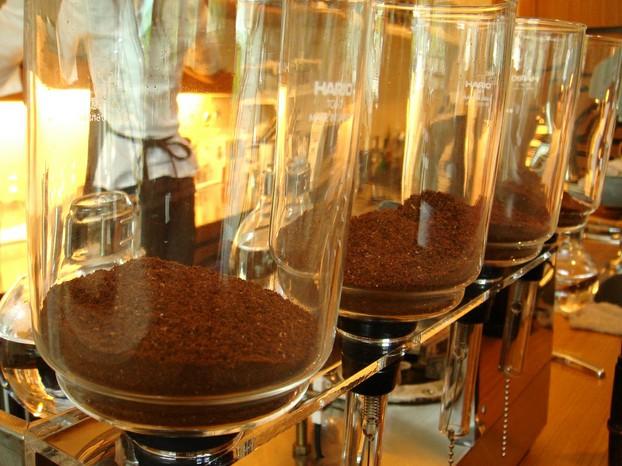
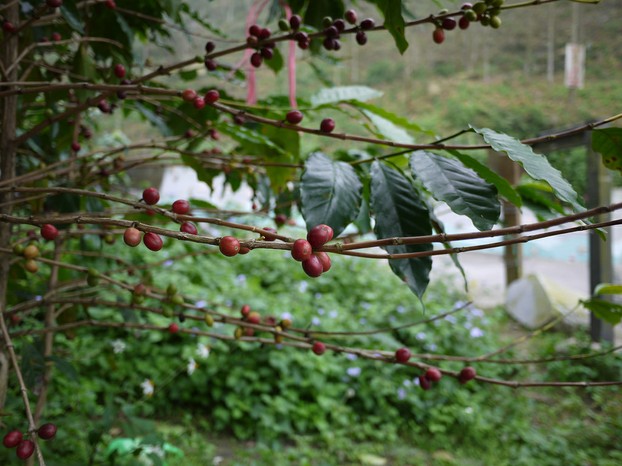
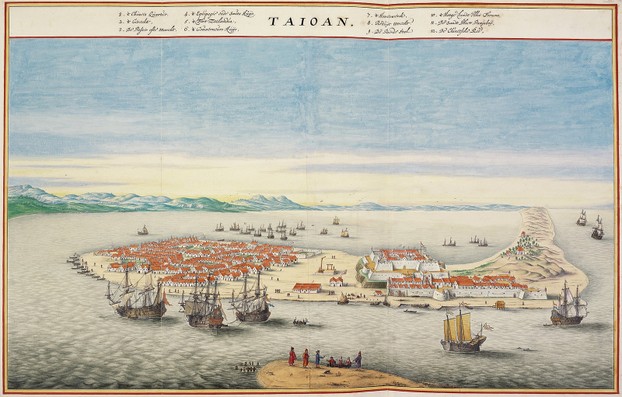
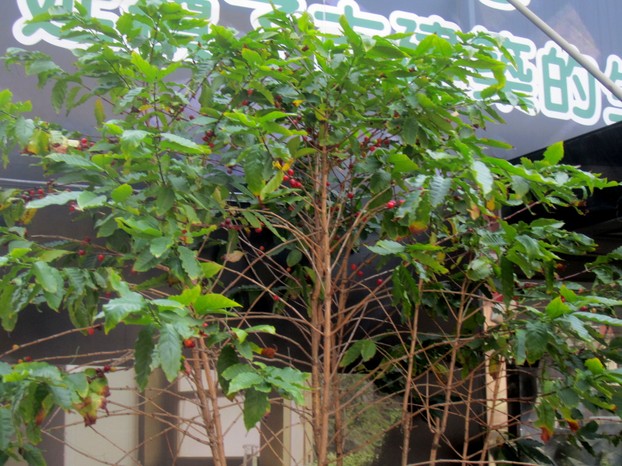
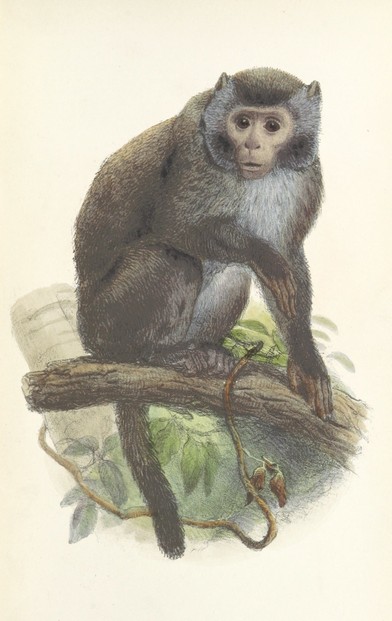
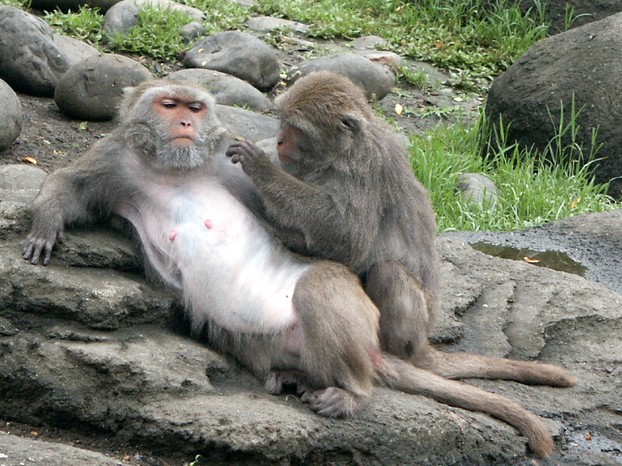
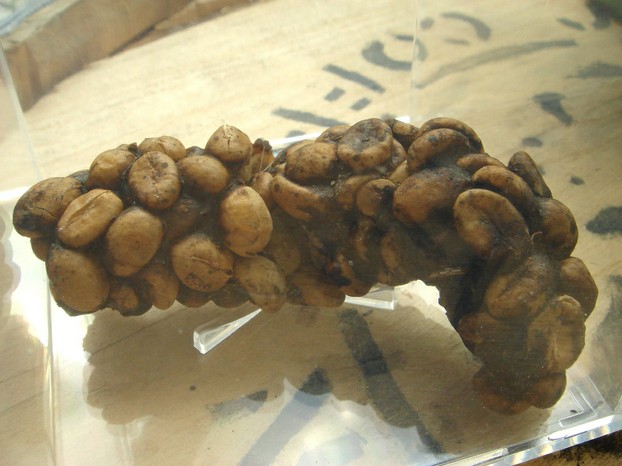
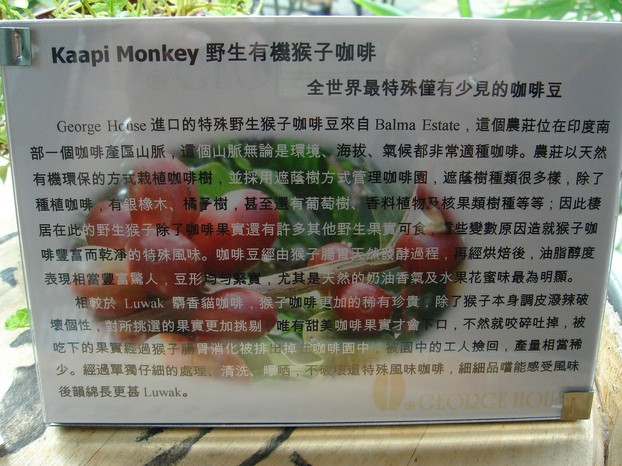
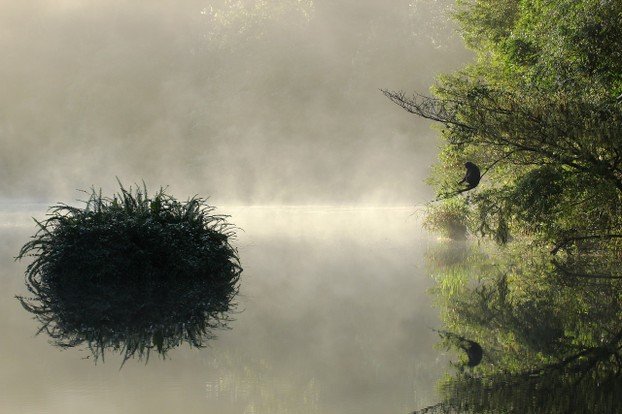
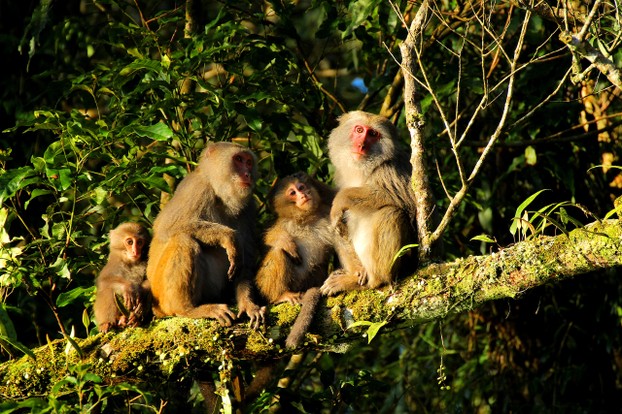




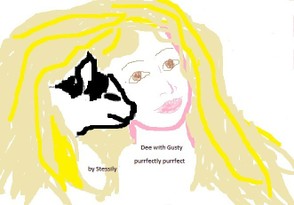
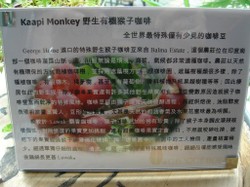

 Are Hawaiian Huakai Po Nightmarchers Avenging Halloween Thursday?on 10/02/2024
Are Hawaiian Huakai Po Nightmarchers Avenging Halloween Thursday?on 10/02/2024
 Mailing Addresses for 2023 Form 4868 Extending 1040 and 1040SR April 15, 2024, Due Dateon 04/15/2024
Mailing Addresses for 2023 Form 4868 Extending 1040 and 1040SR April 15, 2024, Due Dateon 04/15/2024
 Mailing Addresses for 2023 Forms 1040 and 1040SR Filed in 2024on 04/15/2024
Mailing Addresses for 2023 Forms 1040 and 1040SR Filed in 2024on 04/15/2024
 Mailing Addresses for 2022 Form 4868 Extending 1040 and 1040SR April 18, 2023, Due Dateon 04/13/2023
Mailing Addresses for 2022 Form 4868 Extending 1040 and 1040SR April 18, 2023, Due Dateon 04/13/2023

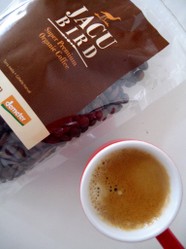
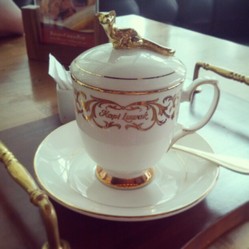
Comments